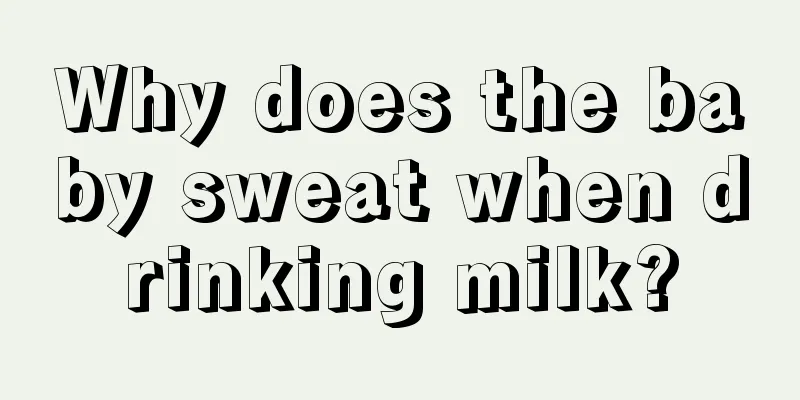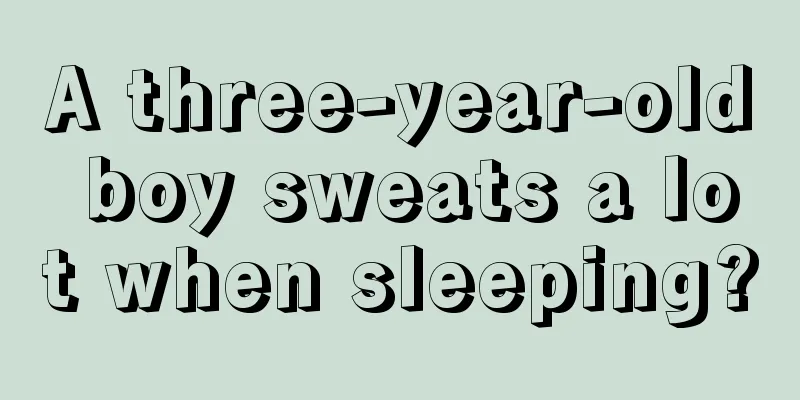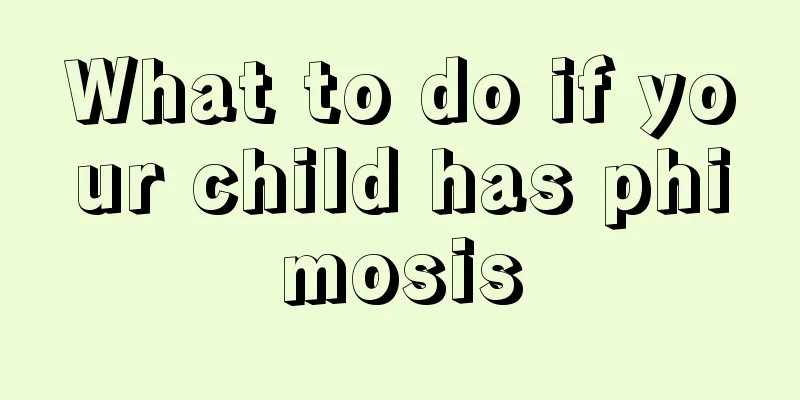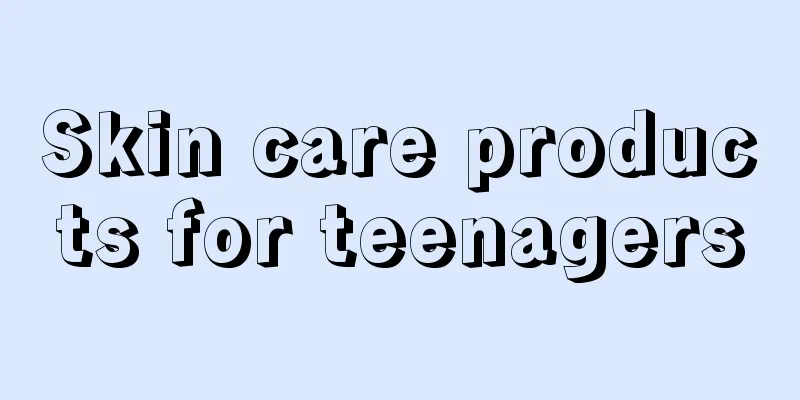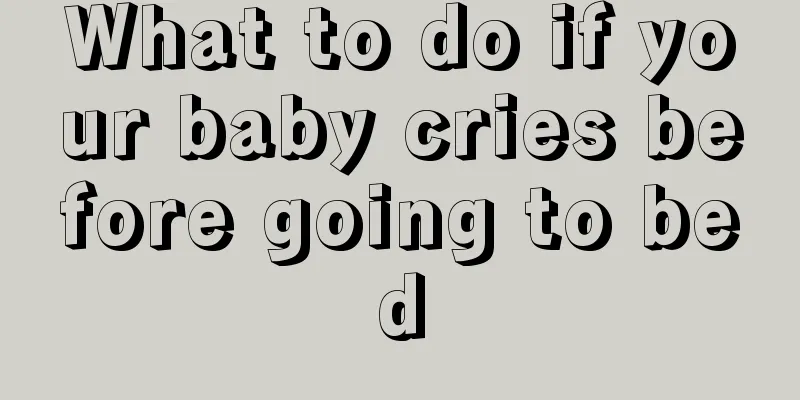How to relieve a child's fever of 43 degrees
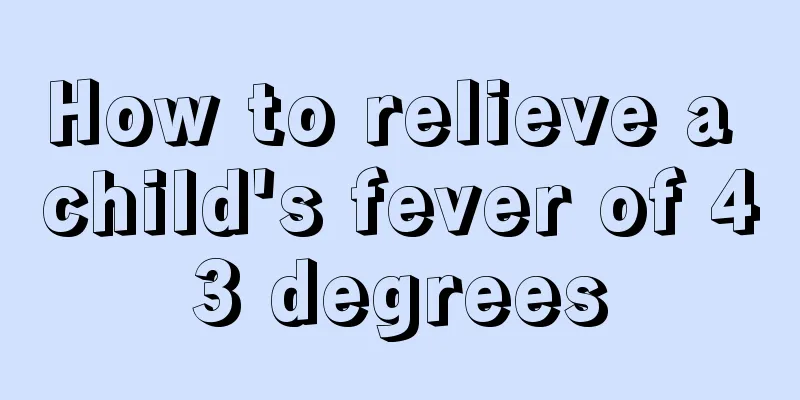
|
Children are different from adults. Their physical condition is generally poorer. For this reason, they are often harmed by diseases, such as fever. Children's fever can be high or low. For example, if a child has a fever of 43 degrees, it is considered a high fever. Faced with such a situation, parents must be very anxious and worried. So, when a child has a fever of 43 degrees, what measures can you take to relieve it? Here is a detailed introduction. The normal body temperature of the human body is 36-37℃, 37-38℃ is a low fever, 38-39℃ is a moderate fever, above 39℃ is a high fever, and above 40℃ is an extremely high fever. Every family should have a thermometer and antipyretics for emergency use. Children with fever should have their temperature measured every 1-2 hours. It is not advisable to use antipyretics when the child's temperature is below 38.5℃; when the temperature exceeds 38.5℃, physical therapy such as cooling patches or ice compresses can be used to reduce the temperature, or children's cooling tablets can be taken in appropriate amounts; when the temperature exceeds 39℃, the child should stay in bed, open the quilt or loosen the clothes to expose the skin, place an ice pack or a cold wet towel on the head, and go to the hospital for diagnosis and treatment as soon as possible; in the event of high fever convulsions, the child will have staring or upward eyes, loss of consciousness, unresponsiveness to calls, cyanosis of the lips, face and body, and convulsions of the limbs. Parents should immediately press the child's "Ren Zhong" acupoint (at the midpoint of the nasolabial groove), with strong stimulation continuing for 1-3 minutes until the child cries, and then use the above method to quickly reduce the temperature, and also go to the hospital for diagnosis and treatment immediately. When babies under six months old have a high fever, they generally do not receive antipyretic injections or take antipyretic medicine. The best way to reduce the temperature is a warm water bath. Regardless of whether the fever subsides after emergency treatment, the child should be taken to the hospital for treatment. You need to drink plenty of fluids after your visit. Drinking water helps to sweat and dissipate heat, lower body temperature and replenish the water lost by the child's body. Drinking water is not limited to plain water. You can let your child drink some of his or her favorite fruit juice, beverages, etc. to replenish water and vitamins, or drink more soup. It is actually rare for a child to have a fever of 43 degrees, because it is considered a severe high fever. However, in real life, if you encounter a child with a fever of 43 degrees, you must take physical cooling methods to cool the child down in time. At the same time, everyone needs to feed the child some warm water in time. Finally, we must ensure the ventilation of the environment in which the children are located. |
<<: How should children exercise their muscles?
>>: How to prevent children from yawning frequently
Recommend
How to massage a child for cough
Some children have poor resistance and often suff...
The main symptoms of intestinal obstruction in children
Intestinal obstruction is a common disease in chi...
Why do white spots appear on baby’s face?
As we all know, vitiligo is a very scary disease....
What should I do if my child's skin is itchy?
I believe that parents with children at home will...
What are the symptoms of jaundice in newborns?
Newborn jaundice is also called neonatal jaundice...
What should children pay attention to in case of myocardial strain
Many friends will suffer from myocardial strain i...
Why is the baby's lower eyelid red?
If the baby's lower eyelids are red, parents ...
What to do if your child has dry lips
In autumn or winter, the weather will become very...
Height and weight standards for 2-year-old children
The issues that many parents are most concerned a...
What are the treatments for snoring in children?
When children snore at night, many parents think ...
How to solve the problem of children sleeping restlessly at night
When going to bed at night, everyone certainly ho...
How can junior high school students improve their memory?
Most families now have only one child, and parent...
Why can't children sleep?
Because the nervous system of infants and young c...
What are the reasons for a child's persistent fever?
Since young children's bodies are not fully d...
What to do if your baby has pharyngitis and cough
Children are young and have poor immunity, so the...


